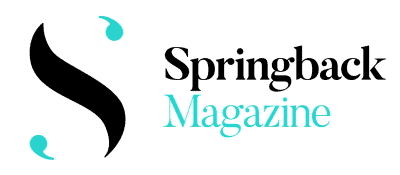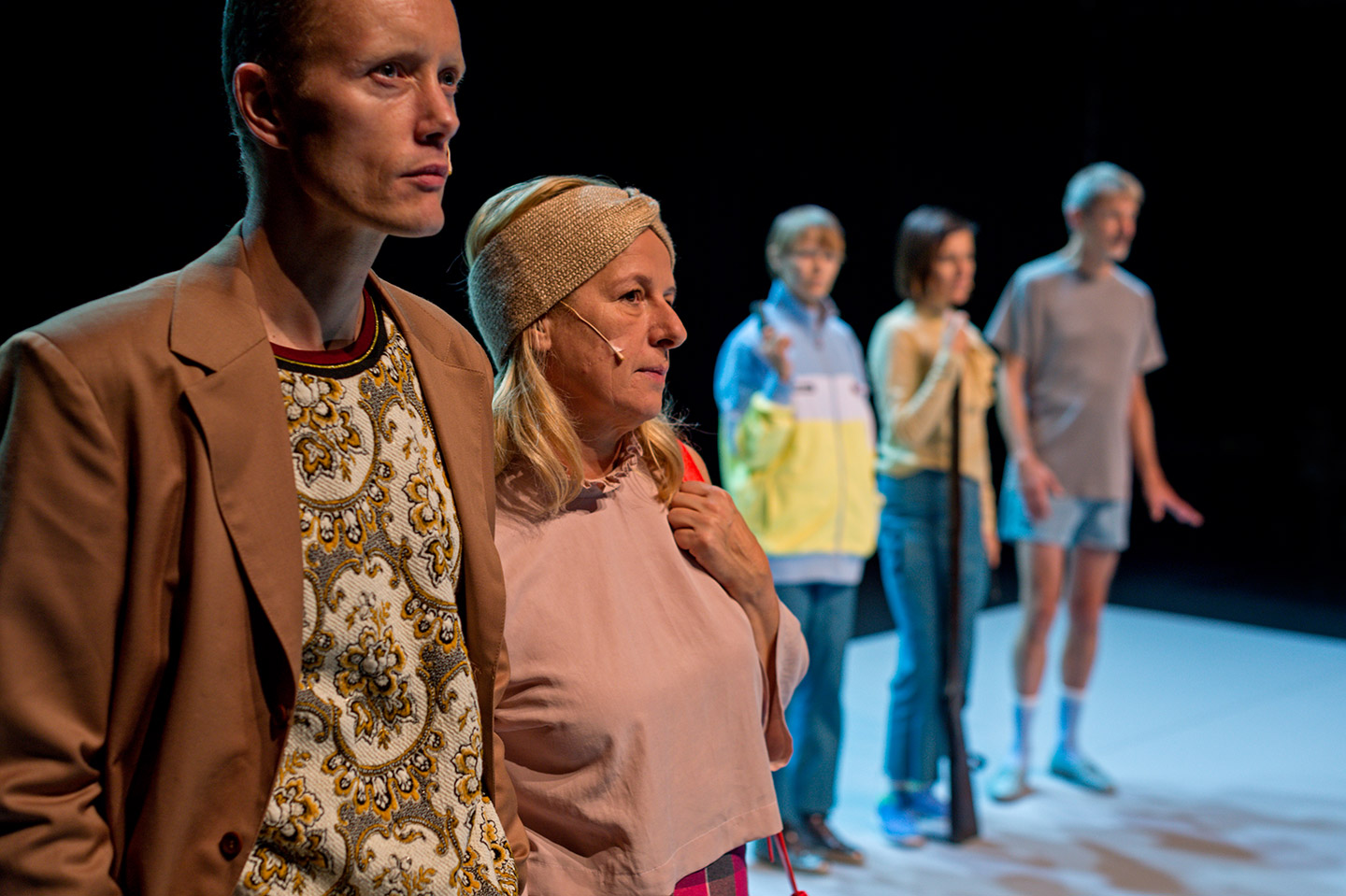In a t-shirt and plain blue boxers, a grey-haired man walks unassumingly to the front of the stage. He addresses the audience in a calm voice about ancient peoples who used to train their memory. ‘We now have other ways of remembering things,’ he says. ‘We store them in The Cloud.’
His pensive, at times comic musings are a fitting introduction to The Wonderful and The Ordinary, by Swedish choreographer Gunilla Heilborn. The piece, for five performers, is an exploration of memory, and seeks to discover methods for remembering the humdrum moments that are often less likely to stick in our minds than the spectacular.
The poetry of the piece derives mainly from its scenic elements (perhaps unsurprising, since Heilborn is also filmmaker). The smoke that pours on stage as performers describe and stumble through their ‘mind palaces’ (an imaginative method for remembering large amounts of information) seems to symbolise clouded memories. Another scene shows partially-obscured videos on the back wall, like half-remembered incidents.
With the exception of a humorous party scene in which three blank-faced performers execute awkward hand gestures and stylised walks in unison to disco music, the entirety of The Wonderful and The Ordinary is made up of naturalistic movements and spoken word. Organised awkwardly together into stilted scenes, sentences, assertions and mundane memories are consistently delivered in unemotional, monotone voices, as are strange, out-of-place songs about asparagus.
These monotonous moments are at times contrasted with more bizarre scenes, such as a recreation of an armed robbery from an Al Pacino film. However, the ‘wonderful’ aspects of the show are few and far between. This creates an overall atmosphere of blunt matter-of-factness and deprives the performance of progression. It also leads me to question: can’t any of these verbal ruminations be translated into movement? Why do choreographers feel the need to verbalise their ideas rather than present them in the body? Have we lost the art of philosophising physically?







